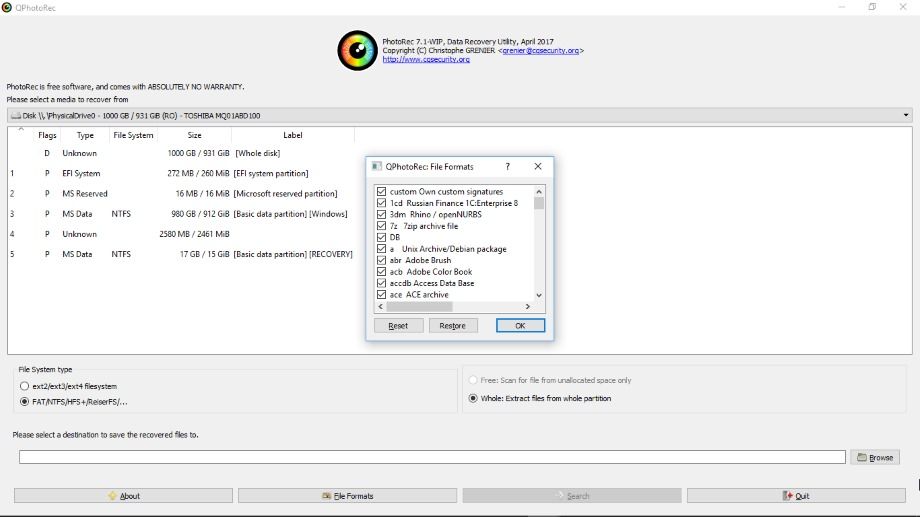


Type the following command to run the DiskSpd to test a read and write performance of a local hard drive on Windows 10 and press Enter: diskspd -d60 -W15 -C15 -c128M -t4 -o4 -b8k -L -r -Sh -w50 c:\disk-speed-test.dat.If you do not know the system type of the device, you can check on Settings > System > About, under the "Device specifications" section. Otherwise, if you are using the 32-bit version of the operating system, then you should use the executable in the "x86" folder. If you have a 64-bit version of Windows 10, you need to use the executable inside the "amd64" folder. Quick note: You must use the version of the tool compatible with your installation.For example, this command opens the tool location inside the "Downloads" folder: cd C:\Users\username\Downloads\DiskSpd\amd64 In the command, specify the command to the destination of the DiskSpd.exe file. Type the following command to navigate to the folder containing the DiskSpd tool and press Enter: cd \PATH\TO\TOOL.Search for Command Prompt, right-click the top result, and select the Run as administrator option.To run the DiskSpd tool with Command Prompt, use these steps: Before proceeding with the performance test, it's recommended to close all running applications and ensure that the storage health is in good condition.


 0 kommentar(er)
0 kommentar(er)
